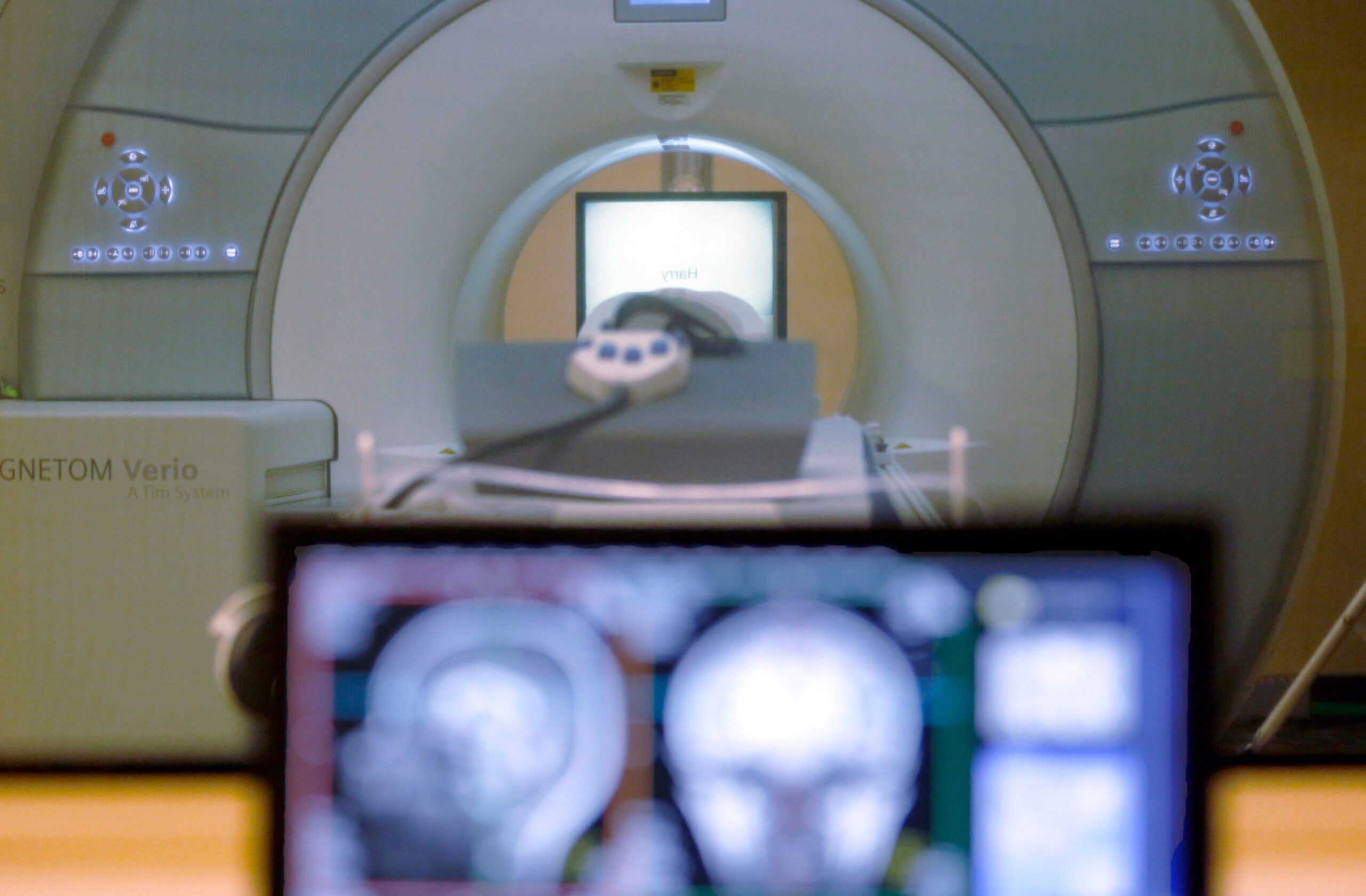Millions of Americans suffer from chronic lower back pain. The World Health Organization says that it’s the single-leading cause of disability worldwide.
But new research from the University of Wisconsin School of Medicine and Public Health shows that mindfulness interventions as well as cognitive therapy — also known as talk therapy — led to lasting improvements for adults.
For eight weeks, 770 adults in Madison, Boston and Salt Lake City who had severe back pain and were using opioids for pain management went to mindfulness or cognitive therapy sessions.
News with a little more humanity
WPR’s “Wisconsin Today” newsletter keeps you connected to the state you love without feeling overwhelmed. No paywall. No agenda. No corporate filter.
They were encouraged to use the tools they learned at home after the trial period, such as noticing bodily feelings and mental thoughts. The results showed that even six and 12 months later, participants reported improved pain, function and health-related quality of life. Opioid dosage dropped in both groups.
“By training yourself…you’re able to accept the feelings and to remind yourself that you’re free to make your own choices. That you have had these symptoms before and that last time they were this bad, you were able to get through it,” Dr. Bruce Barrett, an author on the study and a professor of family medicine and community health at the UW School of Medicine and Public Health, told WPR’s “Wisconsin Today.”
Dr. Barrett said cognitive behavior therapy has been used to manage pain in the past, but mindfulness training is still understudied. Now, physicians have another option to help patients reduce pain.
Dr. Barrett joined “Wisconsin Today” to discuss the study and where it goes next.
The following was edited for brevity and clarity.
Kate Archer Kent: Give us an example of a mindfulness exercise for people in the study.
Dr. Bruce Barrett: First, remind yourself that you’ve had it (back pain) before and you’re getting through it. Second, notice if there is something that you can do to relieve it now to not be taken over by the pain later, such as lying down or stretching or just taking a breath.
What a lot of patients with severe chronic pain have found is that when it’s really bad, it takes over emotionally as well as physically. They get deeply stuck in the present moment. With mindfulness training, you could learn to become unstuck. And the pain doesn’t go away, but it doesn’t bother you as much.
KAK: Does the outcome of this particular trial change the way physicians like you might prescribe to patients or help to manage the pain?
BB: I think it should. What our main findings were is that people in both groups got dramatically better. They had lower pain scores, they had lower disability scores or interference with daily activity scores and they used less opioid medications.
That was true in both groups, and it was both statistically significant and clinically significant. The amount of benefit was real and appreciable in both groups.
What we didn’t find is that one was better than the other. What this does in medical practice is allow another option.
So the cognitive behavior therapy option was already there and was already evidence based. Now, we can say that mindfulness training is just as good as the standard training, and therefore, in my opinion, should be made available to patients as a choice.
KAK: People experience pain at different levels. How does that factor into treatment when you look at the avenues of mindfulness and cognitive behavioral therapy?
BB: The severity matters a lot and so does the duration or the chronicity — whether it’s intermittent, recurrent or whether it’s the same every day. Also, what’s causing it? If what’s causing it is a job where you’re lifting 50 pound bales and physical therapy, cognitive behavioral therapy and mindfulness therapy aren’t helping. Then, maybe you need to remove the overuse.
In many conditions, it’s underuse. People are afraid of the pain and are reluctant to do the type of physical therapy, strengthening and stretching and mobility training that can really be helpful.



